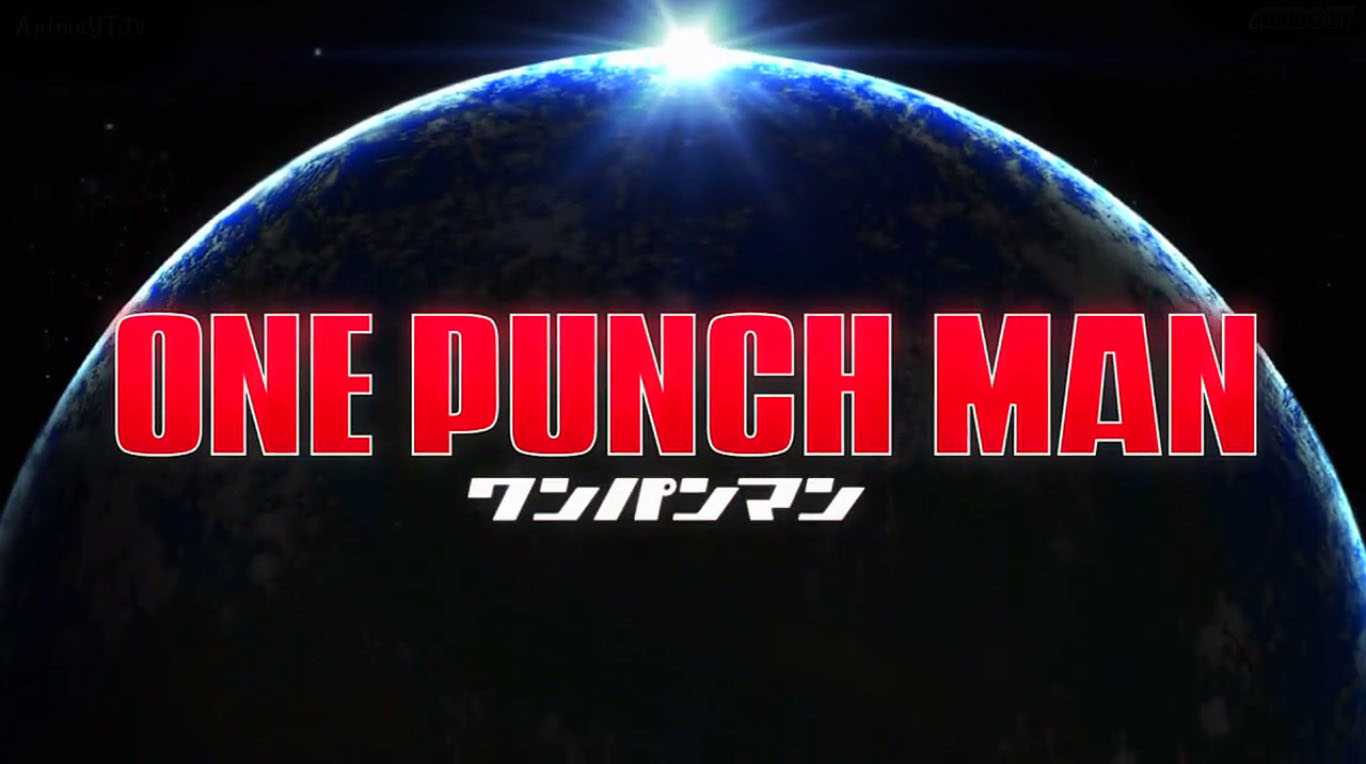
One Punch Man is an anime based off of the popular Shonen Jump manga of the same name created by ONE. It follows the adventures of Saitama, an ordinary man with the extraordinary ability to kill any monster with a single punch. In Season 1, Saitama decides to become a hero. With the help of his cyborg protegee, Genos, he joins a group of monster fighters called the Hero Association, with hilarious results.
Season 2 follows Saitama and Genos as they battle monsters, and their own internal demons. While Season 1 focused almost exclusively on Saitama, this season concentrates on the power dynamics within the Hero Association, introducing a handful of new and exciting heroes, as well as a compelling new villain; Hero Hunter Garou.
Please note that this review will contain light spoilers for One Punch Man Seasons 1 and 2.
Pride and Prejudice
This season gave us a deeper look at the inner workings of the Hero Association and its ranking system. In episode 1 we meet Hellish Blizzard, the Class-B Rank-1 Hero who utilizes the power of weather. She surrounds herself with Class-B heroes to make herself stronger. Though this might seem like a testament to her weakness, Hellish Blizzard actually boasts incredible power.
Blizzard is bitter from living in the shadow of her sister, Terror Tornado, and she takes out her frustration on new Class-B heroes. One Punch Man Season 2 explores pride, and it how it affects each character. Hellish Blizzard is definitely prideful. She rules Class B through fear and manipulation, but a nudge in the right direction from Saitama might just free her from her petty shackles.
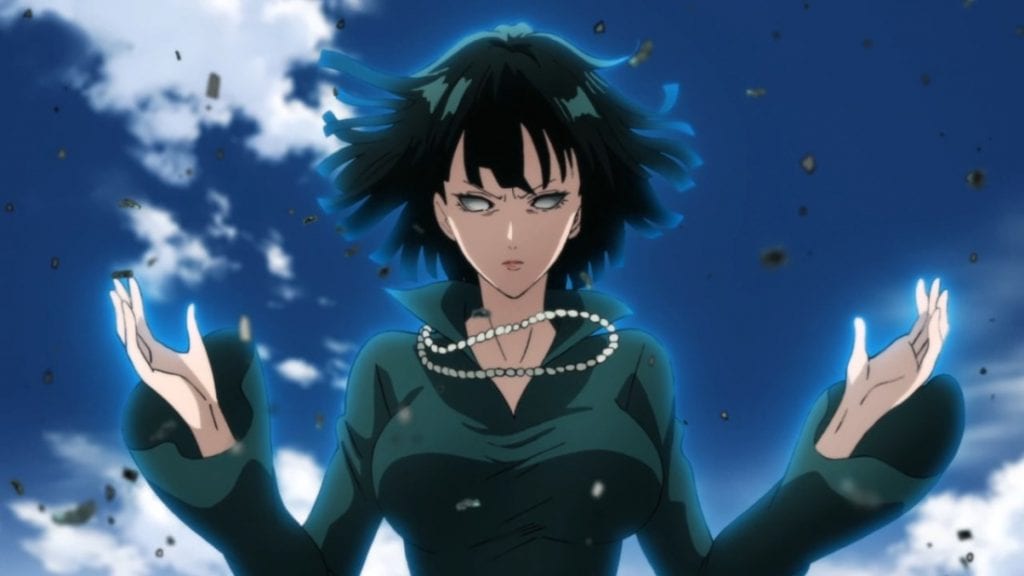
Death Gatling is a mountain of a man with a huge Gatling gun affixed to his left arm. Quite like Hellish Blizzard, Death Gatling is restrained by his own pride. In an effort to defeat Garou, Death Gatling assembles a team of A, B, and C-Class heroes, but refuses to include any Class-S heroes. He wants to prove that the rankings are arbitrary, and that lower-class heroes are more effective than their Class-S counterparts. In a pivotal scene, Garou scolds Death Gatling for his short-sighted plan, pointing out that the hero’s hypocritical obsession with the ranking system keeps him from achieving his goals.
This is a perfect message for One Punch Man. Saitama is heroic in many ways, but his greatest asset is his humility. Saitama ignores the hero rankings, working with Class-S and Class-C heroes alike. Compared to Saitama, prideful heroes like Hellish Blizzard and Death Gatling look weak and pathetic. His very existence challenges their worldview.
We’re Not Gonna Take It Anymore
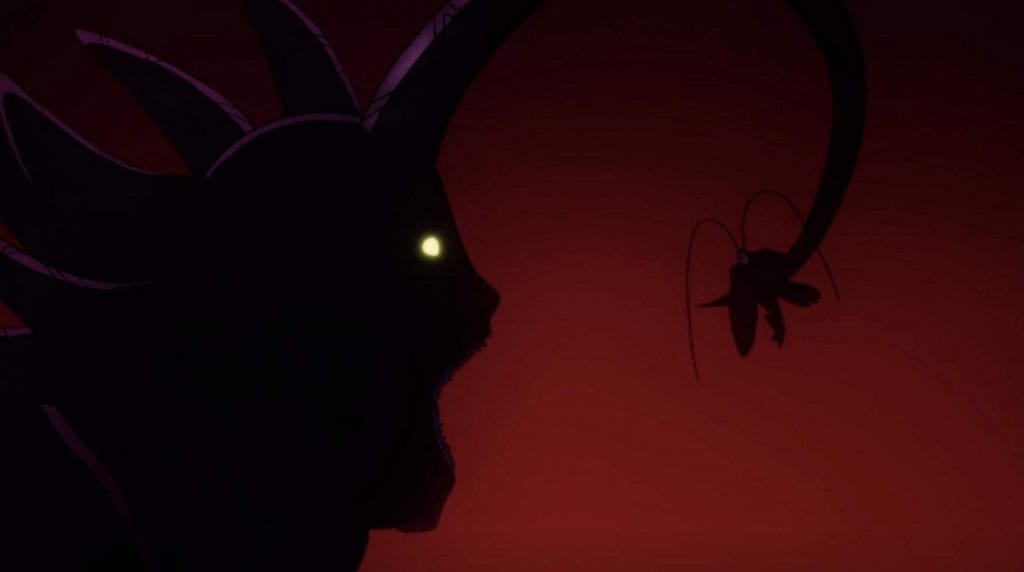
One Punch Man isn’t all about the heroes. This season presents a fascinating new concept: The Monster Association. The Monster Association is a monster union of sorts, a direct response to the Hero Association. Operating under the harsh ruling thumb of King Oroichi, the monsters finally take control of their own destiny, organizing a coordinated attack on each city simultaneously.
This is the greatest threat to humanity yet. A Class-S hero might easily defeat a single monster, but an army of monsters would be unstoppable. The monsters vary in threat level, talent, and personality; but by operating with a common goal, they achieve unimaginable power. King Oroichi and his right-hand man, Gyoro Gyoro, are shrewd strategists, pairing each hero with a monster that capitalizes on their weaknesses. The results are devastating.
Season 2 introduces a host of new and terrifying creatures, including the demon dominatrix, Monster Princess; the gargantuan, flying centipede Centichoro; and the hulking abomination, Goketsu. Monster Princess uses her whip to turn her prey into love slaves, a useful power when battling someone who surrounds themselves with weaker heroes. Centichoro is an unfathomable creature of extraordinary power. According to the Monster Association, only the MIA Class-S Rank-1 Hero, Blast, could defeat him. Finally, there is Goketsu, whose powers of persuasion are matched only by his insatiable bloodlust.
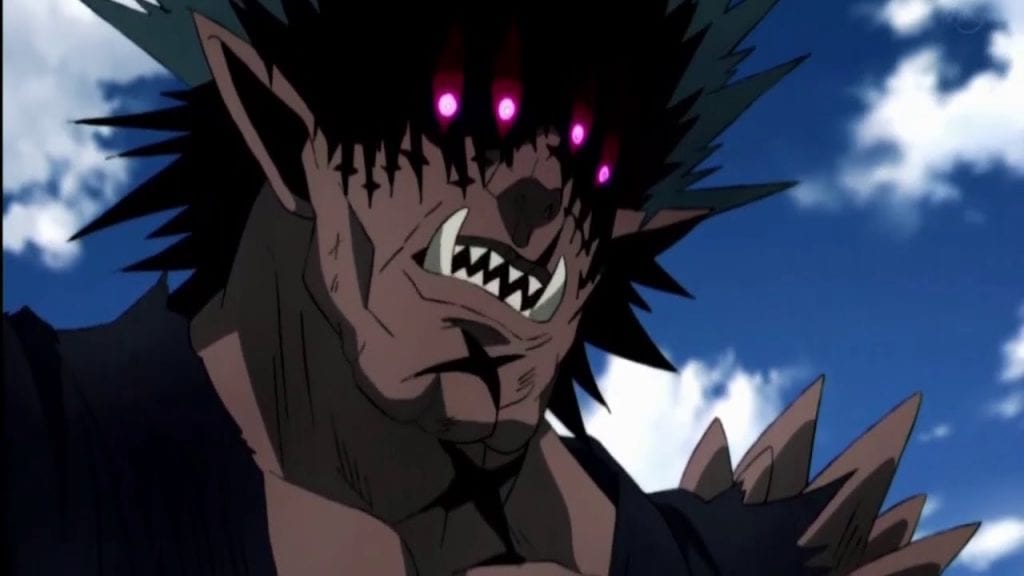
All of these monsters are beautifully animated and well-realized. The character design, movement, and dialogue of each monster allows viewers to easily grasp everything they need to know within a few seconds. As for Oroichi, we only get one scene with him, but it is enough to leave a lasting impact. This monster is a threat the likes of which the world has never seen. Perhaps it will even take more than one punch to defeat him.
With Great Power…
This season also introduces the Super Fight Martial Arts Tournament. Bored and curious, Saitama enters the tournament disguised (poorly) as his friend, Charanko. There, he meets a colorful cast of fighters.
Most notable is the spoiled Suiryu, a powerful martial arts master with the emotional maturity of an under-ripened turnip. The former tournament champion gleefully wipes the floor with his competition and instantly clocks Saitama as the man to beat. But Suiryu is only interested in power, money, and fame; and he believes that only the strong should survive. He despises heroes. That is, of course, until he needs one.
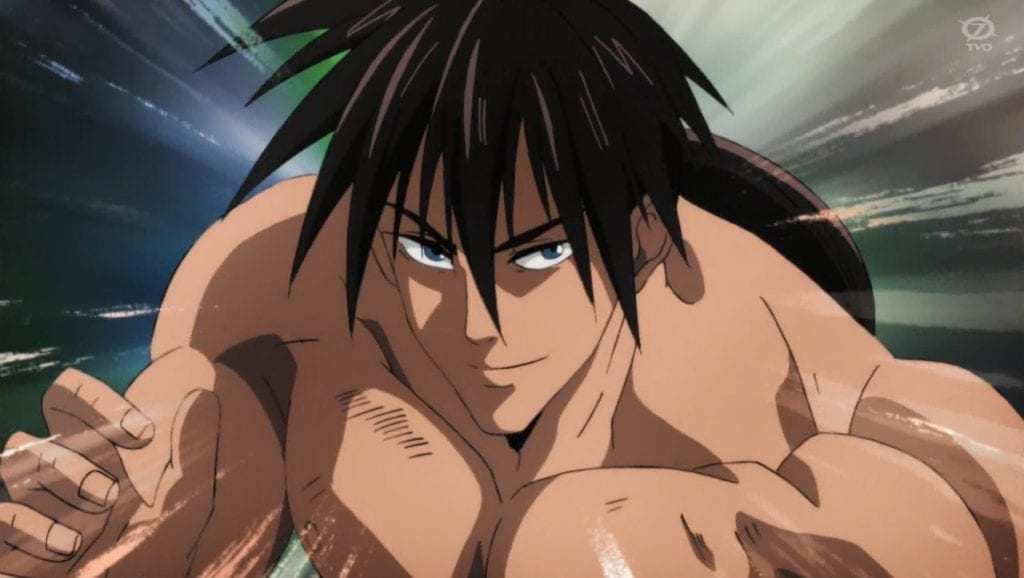
Meanwhile, Lightning Max and Snake are back to restore honor after their encounter with the Sea King in Season 1. In the martial arts community, the heroes are derided as weak sellouts. Lightning Max is defeated quickly, and though Snake makes it to the finals, he is publicly shamed by Suiryu for choosing to be a hero. However, when chaos strikes, and the other fighters flee in terror (or worse), Lightning Max and Snake stay behind. They are weaker than the other fighters in the tournament, but Lightning Max and Snake display courage and fortitude in the face of certain death. When asked why they are willing to sacrifice their lives, they answer simply, “Because we are heroes.”
Up until this point, One Punch Man focused solely on superheroes, but the Super Fight Tournament expands on the show’s theme of responsible use of power. In a world overrun with literal monsters, demons, and devils, there are still fighters who seek power only for their own personal gain. Snake’s transformation, from selfish bully in Season 1 to selfless hero in Season 2, is all the more satisfying against this backdrop of narcissistic glory-seekers.
The Man Who Calls Himself a Monster
Hero Hunter Garou is a former student of martial arts master Bang. Though mysterious and extremely dangerous, Garou is also refreshingly honest and adheres to a strict code of ethics. Garou is introduced in episode 2, when he crashes a meeting between the Hero Association and the world’s most notable human villains. He rejects them all and announces that he is neither hero, nor human. He claims to be a monster, and he proves his point by attacking the attendees, heroes and villains alike.
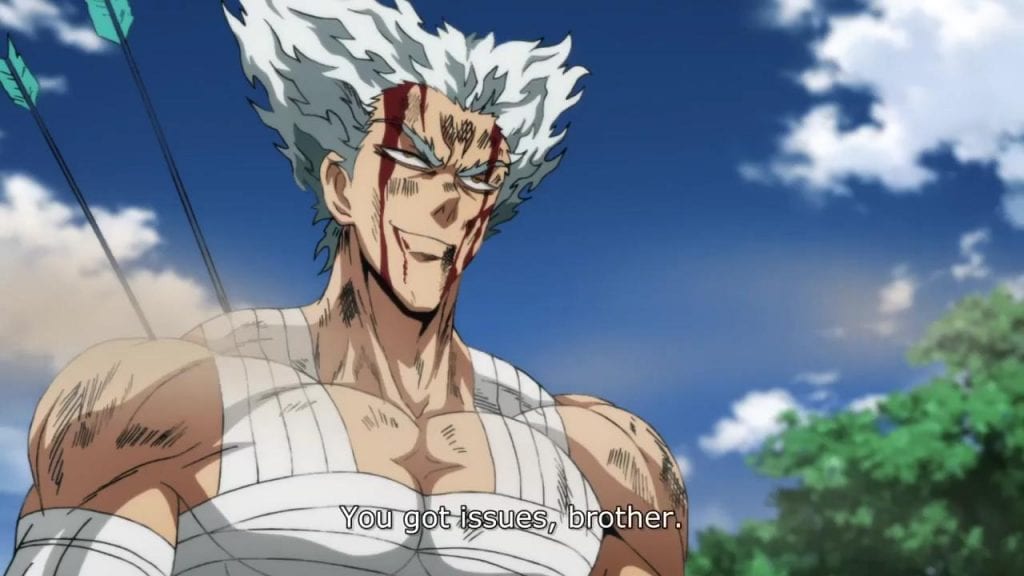
It would be easy to paint Garou as a one-dimensional villain, but instead, One Punch Man explores the twisted power dynamics that created him. What is the difference between a hero and a monster? Is it a desire to do good works? Or is it simply that the heroes always win? Early in the season, Garou befriends a small boy to gain access to his Hero Almanac, a book that reveals the secret moves of the most popular heroes. Garou never raises a hand against him, nor against any other civilians, because he isn’t actually that monstrous. In fact, he seems to reject monsters too. Instead, he aims to disrupt the status quo, a far more interesting goal.
One Punch Man isn’t merely interested in parodying the superhero genre. The show pokes holes in popular superhero tropes, but it does so without malice. One Punch Man aims for complexity, empathy, and understanding, and it shows us the man behind the monster. Saitama and Garou are mirror images. Both are outcasts of society who reject the pretensions of the Hero Association. The only difference between them is their worldview. Garou believes that all heroes are prideful cowards, but Saitama knows better.
The Hero We Deserve
Saitama has seen some truly heroic acts from his friends. He absorbs the positive traits of those around him. He’s inspired by Genos’ drive, Mumen Rider’s persistence, and King’s intuition. Each time he makes a new friend, he becomes a better hero and a better leader, and he encourages others to do the same.
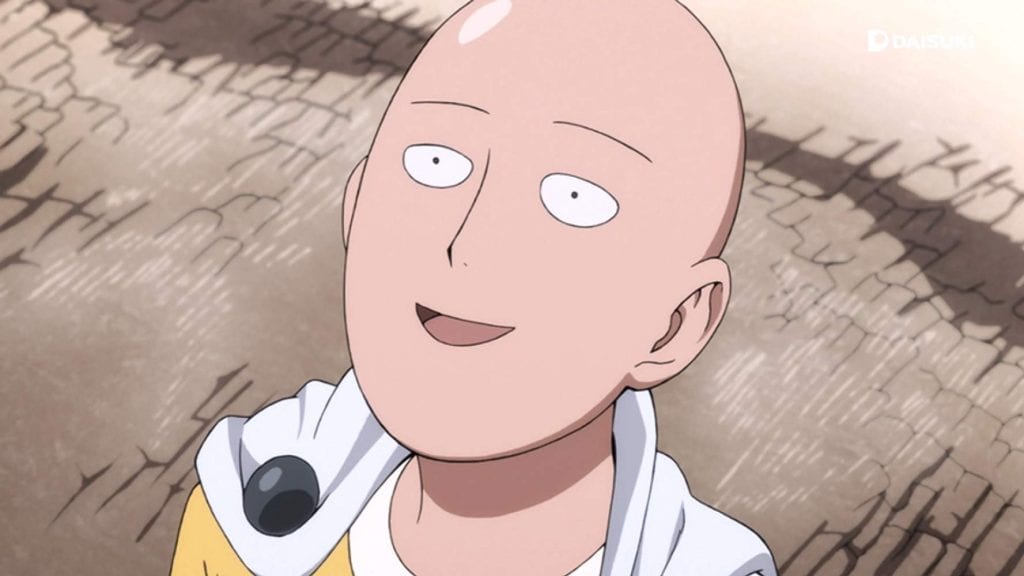
Saitama doesn’t judge others for their weakness. Instead, he scoffs at those who pretend and manipulate to create an illusion of strength. He can kill anything with a single punch. There’s no room for fakers in his world. That said, he’s patient and compassionate when his allies and enemies fail to live up to his standards. Forgiveness is a rare trait in a superhero, and it makes all the difference.
Unfortunately, because Saitama can kill anything with one punch, he poses a problem for the plot. A monster invasion simply doesn’t work in a world with Saitama in it. While the Super Fight Tournament is interesting, and a fun reference to other tournament-style anime, it seems less like side plot and more like a way to get rid of Saitama. In Season 2, he’s reduced to a supporting character in his own show, which highlights the problematic concept. How can you make Avengers: Endgame with Captain Marvel around? How can there be any dramatic tension when the hero is so powerful?
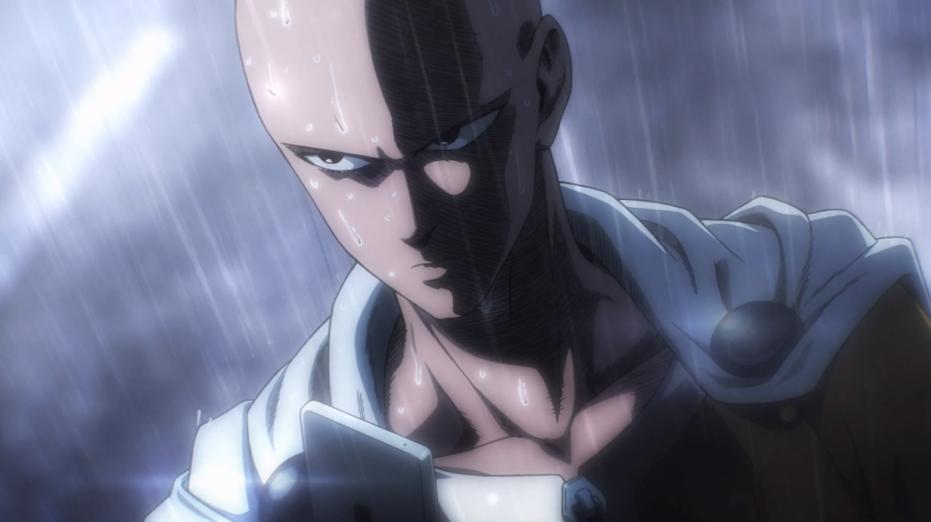
Saitama’s absence reverberates through the whole season. There are plenty of new adventures for the rest of the Hero Association. But none of them are as satisfying as watching our favorite baby-faced monk unleash a single, deadly punch against the Sea King. Saitama is a hero who loves to fight monsters, but he spends the whole season punching humans. This choice may have been necessary for the plot, but it feels wrong for the character.
Final Thoughts
One Punch Man Season 2 is uneven compared to its predecessor, but it introduces enough new characters, ideas, and themes to stay fresh. Because the show focuses so heavily on Class-S heroes, some fan favorites are pushed to the wayside. Mumen Rider, Amai Mask, and Speed O’ Sound Sonic make token appearances, but they have no lasting impact on the plot. The arc of this season was a lot of setup, with very little payoff. While the character development is interesting, fans might be disappointed by the lack of monster punching. Hopefully, the writers will make up for this in Season 3.
As usual, the art is excellent, though it lacks Season 1’s fluidity of expression, instead opting for a more traditional Shonen anime style. This gives the show more consistency, but at the cost of the wildly experimental mish-mash of styles that gave Season 1 so much of its flavor.
If you’re a fan of Season 1, you’ll probably enjoy Season 2. There’s a lot to like. However, it might be best to keep realistic expectations. One Punch Man came at American audiences like… well… a punch to the face. Season 2 could never hope to recapture that feeling. Instead, the show wisely shifts focus away from Saitama, but loses some of its charm in the process. One Punch Man Season 2 is a compromise, but a good one.
One Punch Man Season 2 is set to premiere on Toonami on October 12, 2019, but the subtitled release is currently streaming on Hulu.



Recent Comments